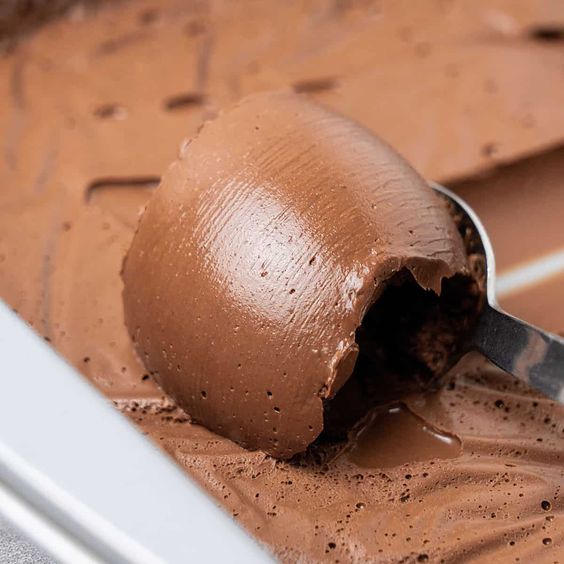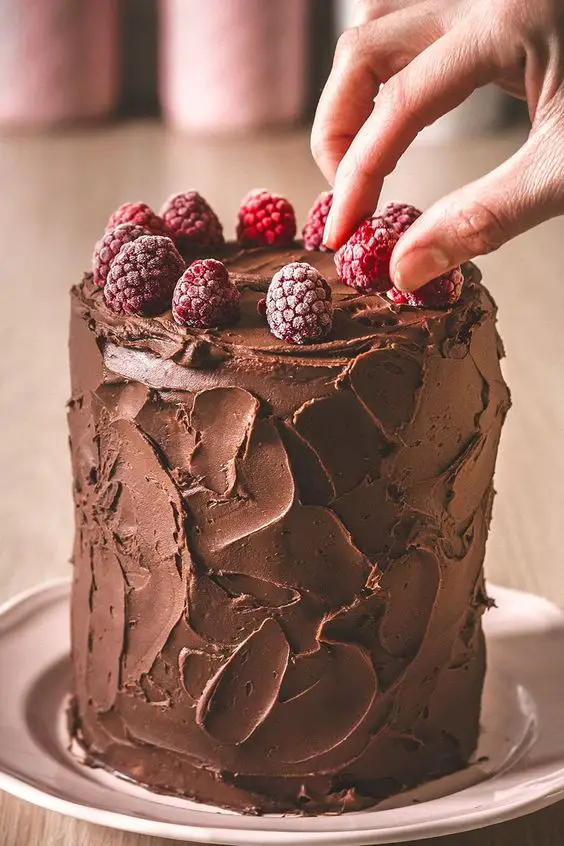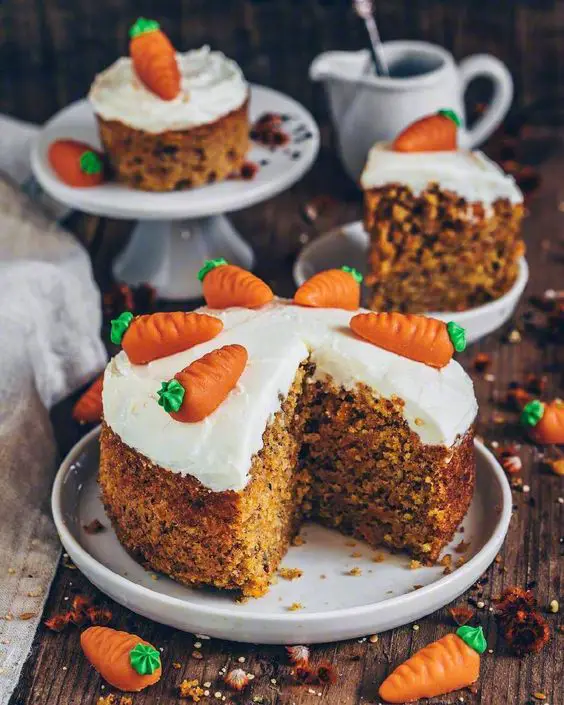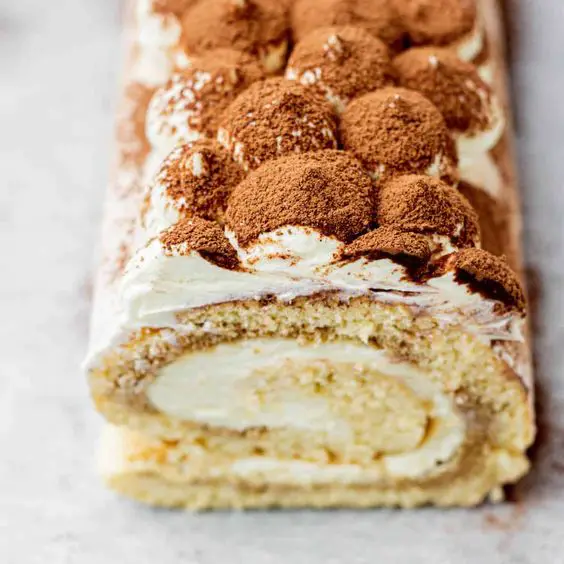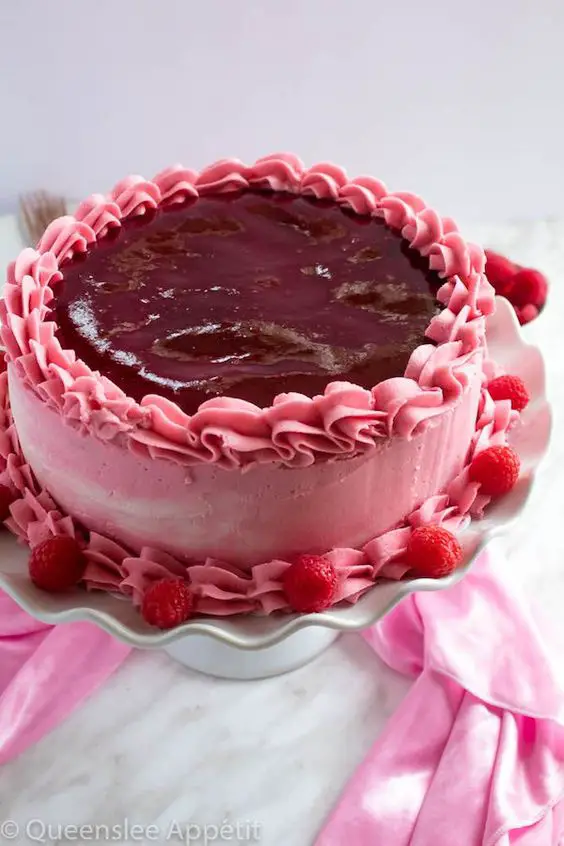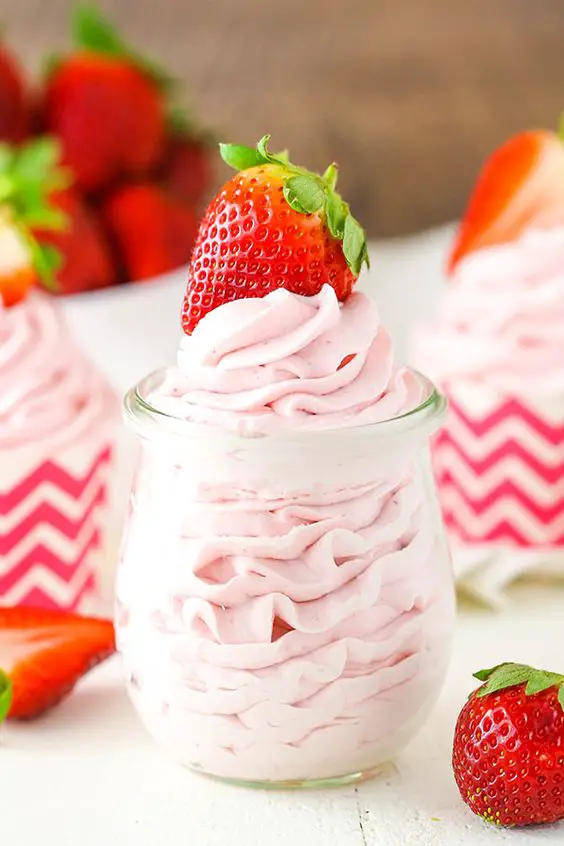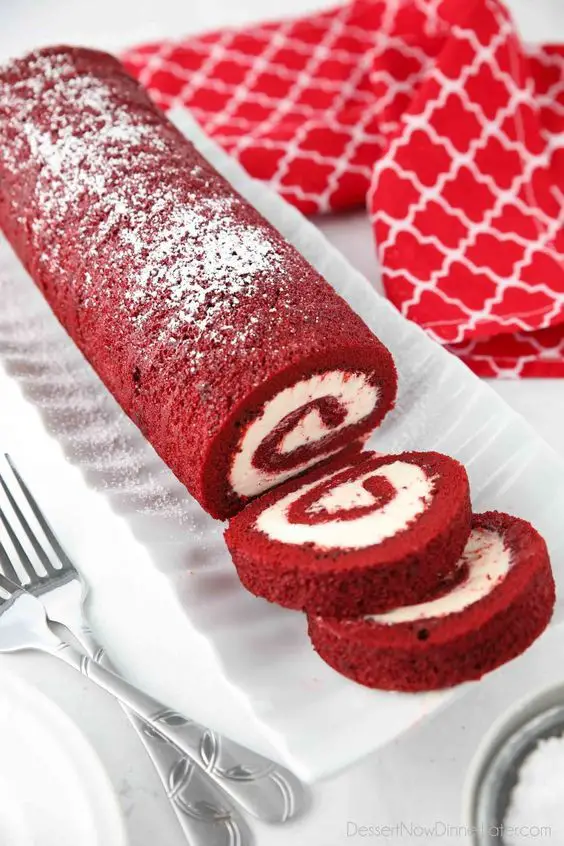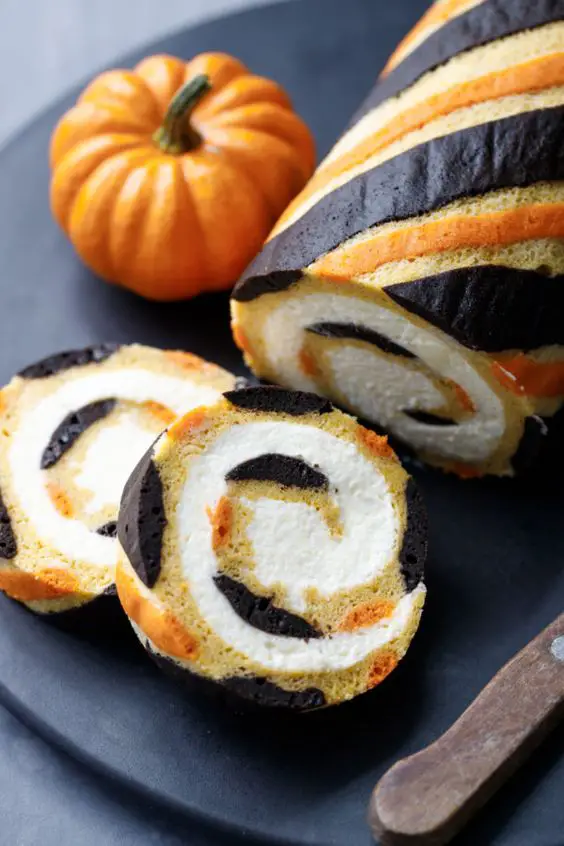Chocolate Namelaka is a luxurious and indulgent dessert component that has taken the culinary world by storm. With its smooth, velvety texture and rich chocolate flavor, Namelaka has become a favorite among pastry chefs and dessert enthusiasts alike. This French-inspired creation combines the best of chocolate ganache and whipped cream, resulting in a heavenly, melt-in-your-mouth experience that is as delightful to the palate as it is to the eye. Whether used as a filling, a topping, or the star of its own dessert, Chocolate Namelaka adds a touch of elegance and decadence to any sweet creation. Its name, “namelaka,” is derived from the Japanese word for “smooth” or “creamy,” which perfectly describes the delightful sensation it imparts. Join us on a journey to discover the sumptuous world of Chocolate Namelaka and explore its endless possibilities in the realm of desserts.
What is Chocolate Namelaka?
Chocolate Namelaka is a delightful and innovative dessert component that has gained popularity in the world of pastry and dessert-making. It is known for its exceptionally smooth and creamy texture, as well as its intense chocolate flavor. What sets Chocolate Namelaka apart is its unique combination of chocolate ganache and whipped cream, resulting in a luxurious, velvety consistency that is both decadent and satisfying.
To create Chocolate Namelaka, high-quality chocolate is melted and combined with warm milk or cream to form a rich ganache. Then, this ganache is mixed with whipped cream, which lightens the mixture and gives it a silky, mousse-like texture. The result is a dessert component that can be used in various ways, such as a filling for pastries and cakes, a layer in dessert jars, a sauce for plated desserts, or simply enjoyed on its own as a creamy chocolate treat.
The term “namelaka” is derived from the Japanese word for “smooth” or “creamy,” which perfectly encapsulates the essence of this dessert. Chocolate Namelaka has become a favorite among professional pastry chefs and home bakers alike due to its versatility and the delightful experience it offers to chocolate lovers. Whether used as a key element in elaborate desserts or as a stand-alone indulgence, Chocolate Namelaka is a delicious and luxurious addition to the world of sweets.
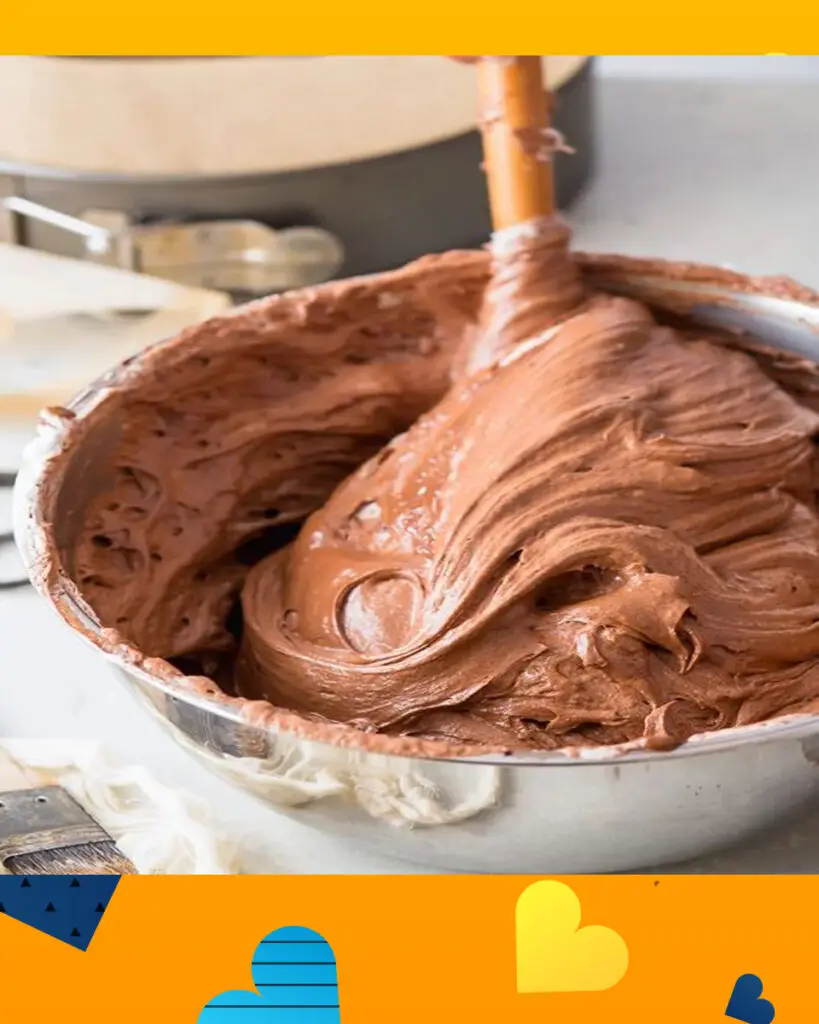
My Chocolate Namelaka has separated. What should I do?
If your Chocolate Namelaka has separated, meaning that the mixture looks curdled or has a grainy texture, you can try to fix it with the following steps:
- Gentle Reheating: Place the separated Namelaka mixture back into a clean bowl. Gently reheat it using a double boiler or in short bursts in the microwave at a low power setting. Be cautious not to overheat it.
- Whisking: While reheating, whisk the mixture continuously. The heat should help the chocolate and cream re-emulsify and come back together.
- Addition of Warm Cream: If the mixture doesn’t come together after gentle reheating and whisking, you can try adding a small amount of warm cream (not hot) to the mixture and continue whisking until it smooths out.
- Straining: If the above steps do not resolve the issue, you can strain the mixture through a fine-mesh sieve to remove any grainy or separated bits. This will ensure a smoother texture.
- Prevent Future Separation: To avoid separation in the future, be cautious when initially mixing the chocolate with the milk or cream. Ensure that the chocolate is fully melted and incorporated into the liquid without overheating.
Remember that Chocolate Namelaka can be a bit finicky, and the key is to handle it gently and avoid overheating during the preparation process. With patience and careful attention, you can often salvage separated Namelaka and achieve the desired smooth and creamy texture.
Why you will love Chocolate Namelaka?
Chocolate Namelaka is a luxurious and velvety dessert that is appreciated for several reasons:
- Rich Chocolate Flavor: Chocolate Namelaka is made with high-quality chocolate, resulting in a rich and intense chocolate flavor that many people find irresistible.
- Creamy Texture: Namelaka is a Japanese term that roughly translates to “smooth” or “creamy,” and that’s precisely what you can expect from this dessert. It has a silky-smooth and creamy texture that melts in your mouth.
- Versatility: Chocolate Namelaka can be used in various ways in desserts. It can serve as a filling for cakes, tarts, or pastries, or it can be served on its own as a decadent mousse-like dessert.
- Visual Appeal: Its glossy and elegant appearance makes it an eye-catching dessert, perfect for special occasions and presentations.
- Temperature Contrasts: Some recipes involve serving Chocolate Namelaka at different temperatures, creating interesting temperature contrasts that can enhance the overall tasting experience.
- Creative Possibilities: Chefs and home cooks alike appreciate Chocolate Namelaka for its versatility and ability to be customized with different flavors, textures, and toppings.
So, while I don’t have personal preferences or the capacity to love food, I can understand why many people find Chocolate Namelaka appealing and enjoyable due to its taste, texture, and versatility in dessert creations.
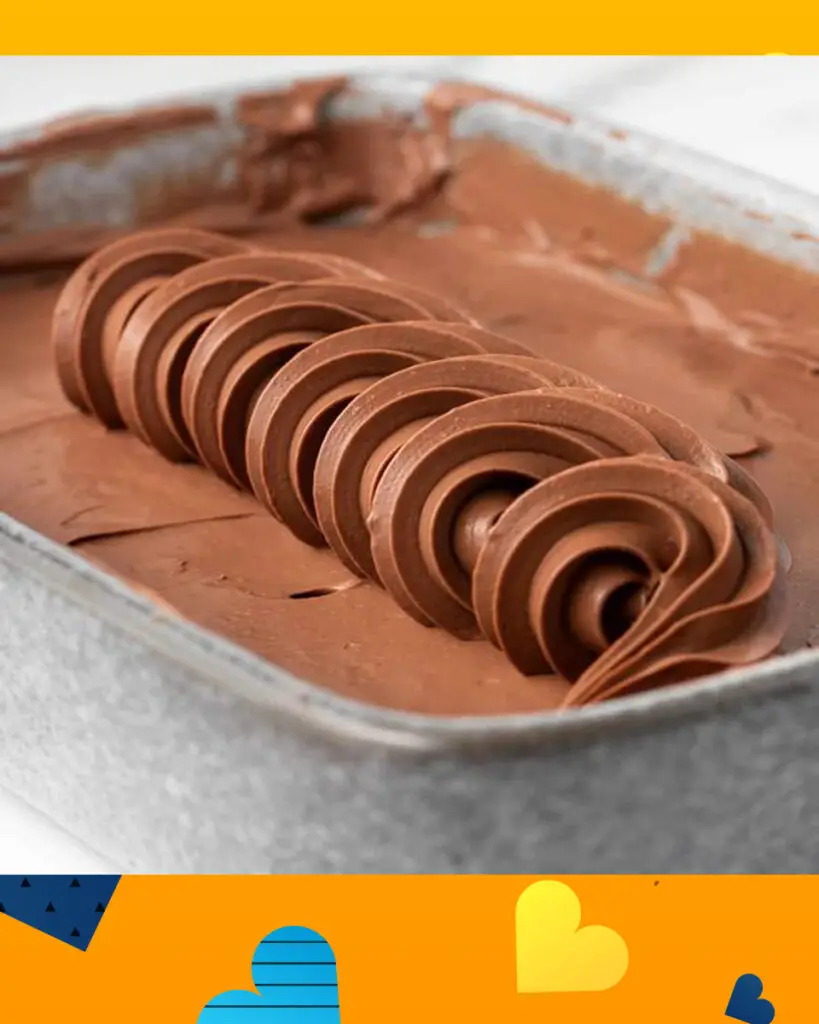
Chocolate Namelaka Recipe
Ingredients:
- 200g (7 oz) high-quality dark chocolate (70% cocoa or more), finely chopped
- 300ml (1 1/4 cups) heavy cream (36-40% fat)
- 3g (1/2 tsp) powdered gelatin
- 20ml (1.5 tbsp) cold water
- 40g (3 tbsp) granulated sugar
- 50ml (3.5 tbsp) whole milk
- 1/4 tsp vanilla extract (optional)
Instructions:
- Bloom the Gelatin:
- In a small bowl, sprinkle the powdered gelatin evenly over the cold water. Let it sit for about 5 minutes to bloom. It will become soft and sponge-like.
- Prepare the Chocolate:
- Place the finely chopped dark chocolate in a heatproof bowl.
- Heat the Cream:
- In a saucepan, heat the heavy cream over medium heat until it just begins to simmer. Do not let it boil.
- Melt the Chocolate:
- Pour the hot cream over the chopped chocolate. Let it sit for a minute to soften the chocolate.
- Gently stir the chocolate and cream mixture until the chocolate is completely melted and the mixture is smooth. You can also use a double boiler for this step.
- Dissolve the Gelatin:
- In a microwave or over a double boiler, gently heat the bloomed gelatin until it’s completely dissolved. Be careful not to overheat it.
- Combine Gelatin and Chocolate Mixture:
- Pour the dissolved gelatin into the chocolate mixture and stir until well combined.
- Prepare Sugar and Milk Mixture:
- In a separate saucepan, heat the milk and granulated sugar over low heat, stirring until the sugar is completely dissolved. Do not let it boil. Remove from heat.
- Combine Sugar and Milk Mixture with Chocolate Mixture:
- Pour the milk and sugar mixture into the chocolate mixture and stir until smooth and well incorporated. You can also add vanilla extract at this stage for extra flavor.
- Strain the Mixture (optional):
- If there are any lumps or bits in the mixture, you can strain it through a fine-mesh sieve to ensure a perfectly smooth texture.
- Chill the Namelaka:
- Cover the Chocolate Namelaka with plastic wrap, ensuring the wrap is in direct contact with the surface of the mixture to prevent a skin from forming.
- Refrigerate for at least 4 hours or until the mixture has set and become firm.
- Serve or Use:
- Once the Chocolate Namelaka is set, it’s ready to be used as a filling, frosting, or drizzle for various desserts like cakes, tarts, or pastries.
Enjoy your homemade Chocolate Namelaka, and get creative with how you incorporate it into your favorite desserts!
Nutrition information
The nutritional information for Chocolate Namelaka will depend on the specific ingredients and quantities used in your recipe. However, I can provide you with an approximate breakdown based on the ingredients mentioned in the previous recipe. Keep in mind that this is a rough estimate and can vary based on the brand and type of ingredients you use.
Nutritional Information for Chocolate Namelaka (per serving, based on 1/8th of the recipe):
- Calories: Approximately 250-300 kcal
- Total Fat: 20-25g
- Saturated Fat: 12-15g
- Cholesterol: 40-50mg
- Sodium: 20-30mg
- Total Carbohydrates: 15-20g
- Dietary Fiber: 2-3g
- Sugars: 10-15g
- Protein: 2-4g
Please note that these values are approximate and can vary depending on the specific chocolate, cream, and other ingredients used in your recipe. If you need precise nutritional information, I recommend using a nutrition calculator or consulting the labels on the ingredients you use to calculate the values for your specific preparation.
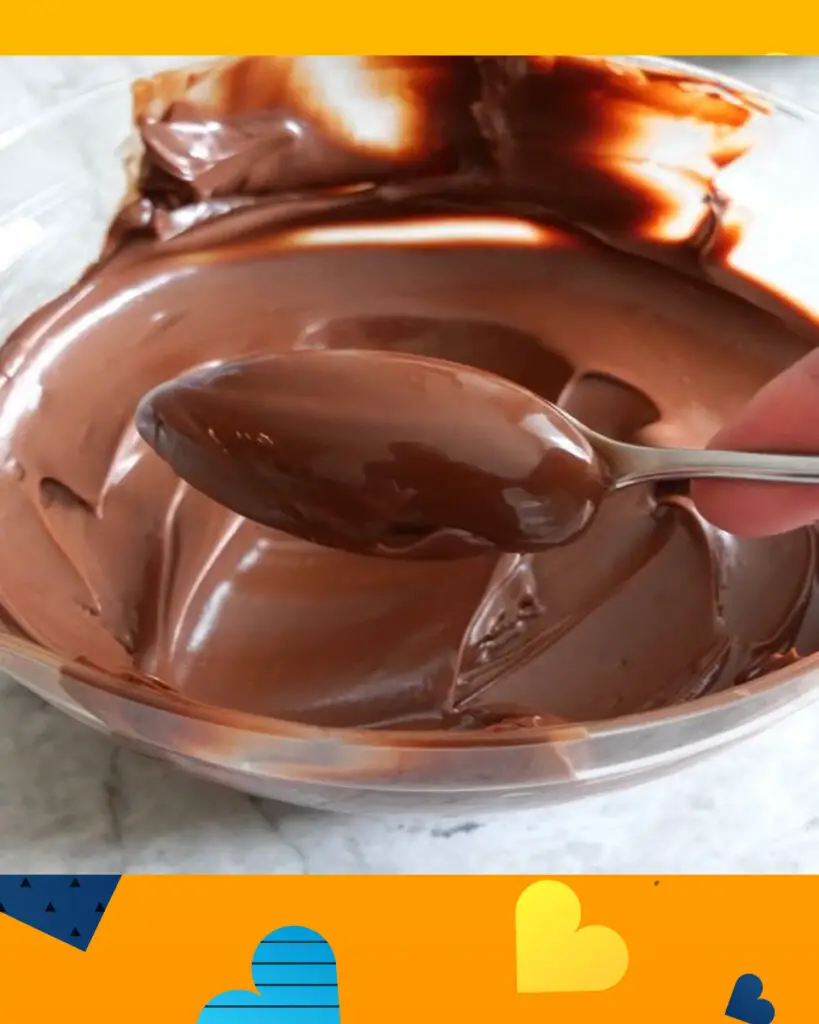
Tips to make perfect Chocolate Namelaka
Making perfect Chocolate Namelaka requires attention to detail and precision in each step of the process. Here are some tips to help you achieve the best results:
- Use High-Quality Ingredients:
- Start with high-quality chocolate and cream. The flavor of your Namelaka will depend largely on the quality of these ingredients.
- Chocolate Selection:
- Choose dark chocolate with at least 70% cocoa content for a rich and intense chocolate flavor. You can adjust the sweetness by adding more or less sugar.
- Temperature Control:
- Be careful not to overheat the cream or chocolate. Overheating can cause the mixture to seize or become grainy. Heat the cream just until it simmers, and melt the chocolate gently.
- Properly Bloom Gelatin:
- Ensure that the gelatin is properly bloomed in cold water before adding it to the mixture. Stir gently to dissolve the gelatin completely.
- Incorporate Ingredients Gradually:
- When combining the chocolate and cream mixture with the gelatin mixture, do so gradually. Pour the gelatin mixture into the chocolate mixture in stages, stirring well after each addition. This helps to prevent lumps.
- Avoid Air Bubbles:
- To achieve a smooth texture, avoid incorporating too much air into the mixture. Stir gently and use a spatula to smooth out the surface when pouring it into a container for chilling.
- Straining (Optional):
- Strain the mixture through a fine-mesh sieve after combining all the ingredients to remove any potential lumps or air bubbles.
- Cover with Plastic Wrap:
- When chilling the Namelaka, make sure the plastic wrap is in direct contact with the surface to prevent a skin from forming.
- Chill Adequately:
- Allow enough time for the Namelaka to set in the refrigerator. It typically takes at least 4 hours, but overnight is even better for a firmer texture.
- Serve at the Right Temperature:
- Take the Namelaka out of the refrigerator about 15-30 minutes before serving to allow it to slightly soften and reach its ideal creamy texture. However, don’t leave it out too long, as it can become too soft.
- Flavor Variations:
- Experiment with different flavor variations by adding extracts like vanilla, mint, or orange, or even liqueurs to enhance the flavor profile.
- Decoration and Presentation:
- Consider how you’ll present your Chocolate Namelaka. It can be served as a filling, frosting, or drizzle for various desserts. Use it to create visually appealing and delicious treats.
By following these tips and paying attention to the details, you’ll be on your way to creating a perfect Chocolate Namelaka with a creamy texture and a rich chocolate flavor that will impress anyone who tastes it.
How to serve
Chocolate Namelaka is a versatile and luxurious dessert component that can be served in various ways, depending on your preference and the dish you’re preparing. Here are some ideas on how to serve Chocolate Namelaka:
- As a Filling for Cakes:
- Use Chocolate Namelaka as a delicious cake filling. Spread it between layers of your favorite cake, such as chocolate, vanilla, or even a fruity cake, to add a creamy and rich chocolate flavor.
- Tart Filling:
- Create chocolate tarts or tartlets by filling pre-baked tart shells with Chocolate Namelaka. Top with fresh berries, whipped cream, or a dusting of cocoa powder for an elegant dessert.
- Pudding Cups:
- Serve Chocolate Namelaka in small dessert cups or ramekins for individual servings. Garnish with whipped cream, chocolate shavings, or a sprinkle of sea salt for added flavor and presentation.
- Trifles:
- Layer Chocolate Namelaka with cake or brownie chunks and whipped cream in a glass trifle dish for a visually stunning dessert.
- Profiteroles or Eclairs:
- Fill profiteroles or eclairs with Chocolate Namelaka for a delightful pastry treat. Drizzle extra melted chocolate on top for added decadence.
- Dipped Fruits:
- Dip strawberries, banana slices, or other fruits into Chocolate Namelaka for a simple yet indulgent dessert. Allow the chocolate to set before serving.
- Crepe Filling:
- Spread Chocolate Namelaka inside crepes and fold them into quarters or roll them up. Top with powdered sugar or a scoop of vanilla ice cream.
- Sundae Topping:
- Use Chocolate Namelaka as a topping for ice cream sundaes. It will melt slightly over the ice cream, creating a delightful combination.
- Mousse Cups:
- Fill small cups or glasses with Chocolate Namelaka to create mini chocolate mousses. Top with whipped cream and chocolate shavings.
- Dipping Sauce:
- Serve Chocolate Namelaka as a dipping sauce for churros, biscotti, or even marshmallows at a fondue-style dessert party.
- Ganache Replacement:
- Use Chocolate Namelaka as a luxurious alternative to traditional ganache for covering cakes or pastries. It provides a creamy texture and glossy finish.
- Plated Desserts:
- Get creative with plated desserts by using Chocolate Namelaka as an artistic component. Pipe or spoon it onto dessert plates alongside other elements like fruit compotes, crumbles, or edible flowers.
- Garnishes:
- Add small dollops or swirls of Chocolate Namelaka as garnishes on dessert plates or on top of individual desserts for an elegant finishing touch.
Remember to consider the overall flavor and texture profile of your dessert when serving Chocolate Namelaka, and feel free to get creative with presentation and garnishes to make your dishes visually appealing. Whether you choose to use it as a filling, frosting, drizzle, or standalone dessert, Chocolate Namelaka adds a touch of sophistication and indulgence to any sweet creation.
How to store
Storing Chocolate Namelaka properly is crucial to maintain its texture and flavor. Here are steps on how to store Chocolate Namelaka:
- Refrigeration:
- Chocolate Namelaka should be stored in the refrigerator. The cold temperature will help it maintain its creamy texture and prevent it from spoiling.
- Airtight Container:
- Transfer the Chocolate Namelaka to an airtight container with a secure lid. Make sure the container is clean and dry before adding the Namelaka.
- Cover the Surface:
- To prevent a skin from forming on the surface of the Namelaka, press a piece of plastic wrap or parchment paper directly onto the surface of the mixture before sealing the container. This will help maintain the cream’s freshness and prevent any moisture loss.
- Label and Date:
- It’s a good practice to label the container with the date you made the Chocolate Namelaka. This will help you keep track of its freshness.
- Refrigerate Promptly:
- After preparing the Namelaka and allowing it to set, refrigerate it promptly. It should be placed in the refrigerator within two hours of preparation to ensure food safety.
- Avoid Freezing:
- Chocolate Namelaka is not suitable for freezing. Freezing can cause the texture to change, and when thawed, it may become grainy or separated.
- Consume Within a Few Days:
- Chocolate Namelaka is best when consumed within a few days to a week of preparation. While it will remain safe to eat for a longer period, the texture and flavor are at their peak within this time frame.
- Check for Spoilage:
- Before using Chocolate Namelaka that has been stored in the refrigerator for some time, check for any signs of spoilage such as an off smell or unusual texture. If you notice any of these signs, it’s best to discard it.
- Recondition if Necessary:
- If the Chocolate Namelaka has become slightly stiff or lost its creamy texture after refrigeration, you can gently recondition it by warming it slightly in a microwave or over a double boiler. Stir until it becomes smooth and creamy again.
Remember that Chocolate Namelaka is a perishable dessert component, so proper storage and timely consumption are essential to enjoy it at its best. By following these guidelines, you can keep your Chocolate Namelaka fresh and delicious for as long as possible.
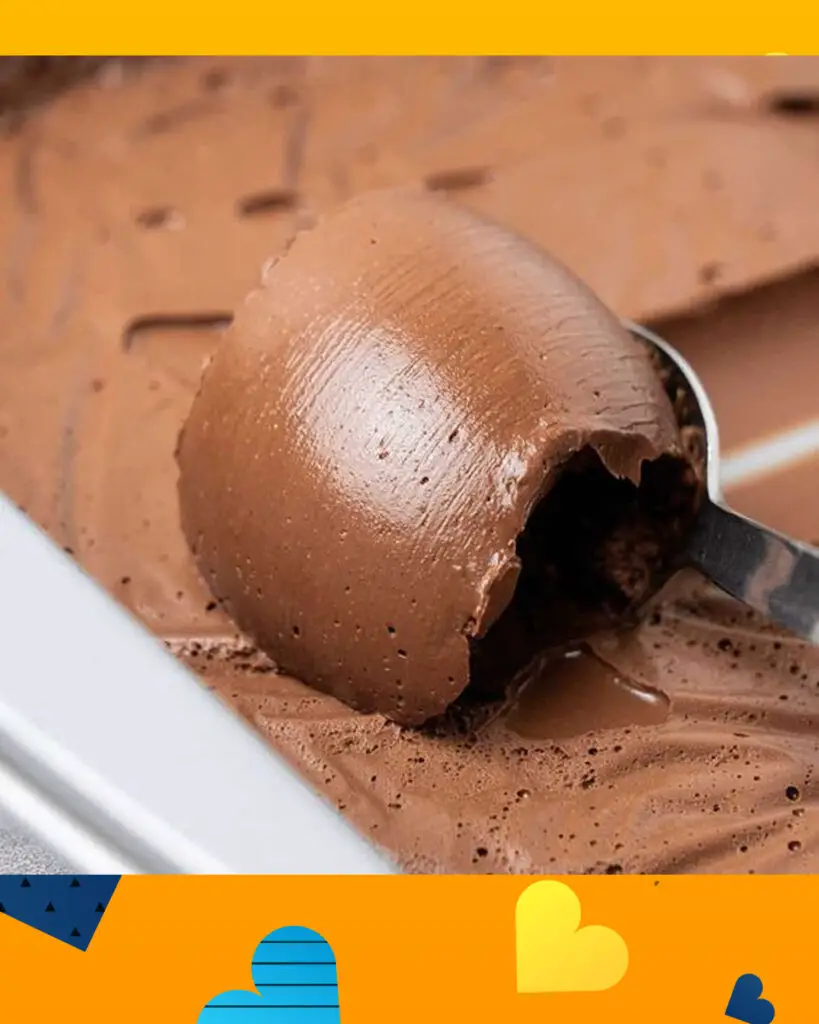
FAQ’s about Chocolate Namelaka
Q1: What is the main ingredient in Chocolate Namelaka? A1: The main ingredient in Chocolate Namelaka is chocolate, typically of high quality, which is combined with milk or cream and whipped cream to create its smooth and creamy texture.
Q2: Can I use any type of chocolate for making Chocolate Namelaka? A2: While you can experiment with different types of chocolate, it’s generally recommended to use high-quality chocolate with a cocoa content of at least 60% for the best flavor and texture.
Q3: How do I store Chocolate Namelaka? A3: Chocolate Namelaka should be stored in an airtight container in the refrigerator. It can typically be kept for up to 3-4 days, but be sure to check for any signs of spoilage or separation before using it.
Q4: My Chocolate Namelaka has separated. What should I do? A4: If your Namelaka has separated (the mixture looks curdled), it may be due to overheating during the chocolate-milk/cream mixing step. To fix it, try gently reheating the mixture and whisking it until smooth again. If it doesn’t come together, you may need to start over.
Q5: Can I make Chocolate Namelaka without dairy (vegan)? A5: Yes, you can create a dairy-free or vegan version of Chocolate Namelaka by using plant-based milk and cream substitutes, as well as dairy-free chocolate.
Q6: What can I use Chocolate Namelaka for? A6: Chocolate Namelaka is a versatile component that can be used as a filling for cakes and pastries, a topping for desserts, a layer in dessert jars, or even as a sauce for plated desserts. You can get creative with its applications.
Q7: Can I freeze Chocolate Namelaka? A7: Freezing Chocolate Namelaka is not recommended, as it may affect its texture and cause it to become grainy or separate upon thawing.
Q8: My Chocolate Namelaka is too thick. How can I thin it out? A8: If your Namelaka is too thick, you can gently reheat it and incorporate a bit more milk or cream while whisking until you achieve the desired consistency.
Q9: My Chocolate Namelaka is too runny. What should I do? A9: If your Namelaka is too runny, you can try refrigerating it for a while to let it firm up. If it remains too thin, you can make a new batch and gradually incorporate the runny mixture into it to thicken it.
Q10: Can I flavor Chocolate Namelaka with other ingredients? A10: Yes, you can experiment with different flavorings such as extracts (vanilla, mint, etc.), liqueurs, or spices (cinnamon, chili, etc.) to customize the taste of your Chocolate Namelaka.
Remember that Chocolate Namelaka may require some practice to master, so don’t be discouraged if you encounter issues initially. With patience and experimentation, you can create this delicious and versatile dessert component to elevate your sweet creations.
Happy baking!

